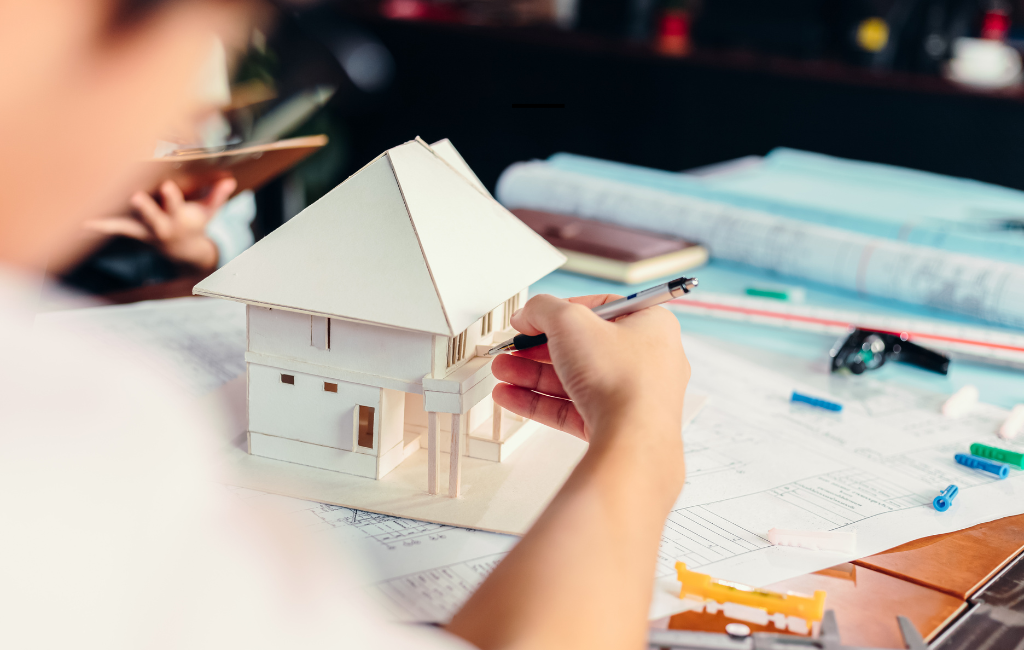
Architect Strategies: Crafting the Future of Urban Spaces
In the ever-evolving field of architecture, strategies play a pivotal role in shaping the built environment. Architects are tasked with creating spaces that are not only functional but also aesthetically pleasing and sustainable. This article explores various strategies employed by architects to achieve these goals, supported by examples and case studies.
Understanding the Context
Before designing any structure, architects must thoroughly understand the context in which they are working. This involves analyzing the geographical, cultural, and historical aspects of the location. By doing so, architects can create designs that resonate with the local community and environment.
- Geographical Analysis: Understanding the climate, topography, and natural resources of the area.
- Cultural Considerations: Respecting local traditions, customs, and architectural styles.
- Historical Context: Preserving historical landmarks and integrating them into new designs.
Embracing Sustainability
Sustainability has become a cornerstone of modern architecture. Architects are increasingly adopting green building practices to minimize environmental impact. This includes using eco-friendly materials, optimizing energy efficiency, and incorporating renewable energy sources.
One notable example is the Bullitt Center in Seattle, often referred to as the “greenest commercial building in the world.” It features solar panels, rainwater harvesting systems, and composting toilets, setting a benchmark for sustainable design.
Innovative Design Techniques
Innovation is at the heart of architectural strategies. Architects are constantly exploring new materials, technologies, and design methodologies to push the boundaries of what is possible.
- Parametric Design: Utilizing algorithms to generate complex forms and structures.
- Biomimicry: Drawing inspiration from nature to create efficient and sustainable designs.
- 3D Printing: Revolutionizing construction with rapid prototyping and on-site fabrication.
The use of parametric design can be seen in the Beijing National Stadium, also known as the “Bird’s Nest,” which features a unique lattice structure inspired by Chinese ceramics.
Community Engagement
Engaging with the community is a key strategy for architects. By involving local residents in the design process, architects can create spaces that truly meet the needs and desires of the people who will use them.
The High Line in New York City is a prime example of successful community engagement. This elevated park was transformed from an abandoned railway line into a vibrant public space, thanks to input and support from local residents and stakeholders.
Adaptive Reuse
Adaptive reuse involves repurposing existing structures for new uses. This strategy not only preserves historical buildings but also reduces the environmental impact of new construction.
The Tate Modern in London is a celebrated case of adaptive reuse. Originally a power station, it was transformed into a world-renowned art museum, maintaining its industrial character while serving a new purpose.
Technological Integration
Technology is reshaping the architectural landscape. Architects are leveraging digital tools and smart technologies to enhance design processes and building performance.
- Building Information Modeling (BIM): Facilitating collaboration and improving project outcomes.
- Smart Buildings: Incorporating IoT devices for energy management and occupant comfort.
- Virtual Reality (VR): Allowing clients to experience designs before construction begins.
The Edge in Amsterdam is a leading example of a smart building, utilizing IoT technology to optimize energy use and provide a personalized experience for its occupants.
Conclusion
Architectural strategies are diverse and multifaceted, reflecting the complexity of the built environment. By understanding context, embracing sustainability, and integrating technology, architects can create spaces that are not only functional but also inspiring and resilient. Through innovative design techniques and community engagement, architects continue to shape the future of urban spaces, ensuring they meet the needs of both present and future generations.